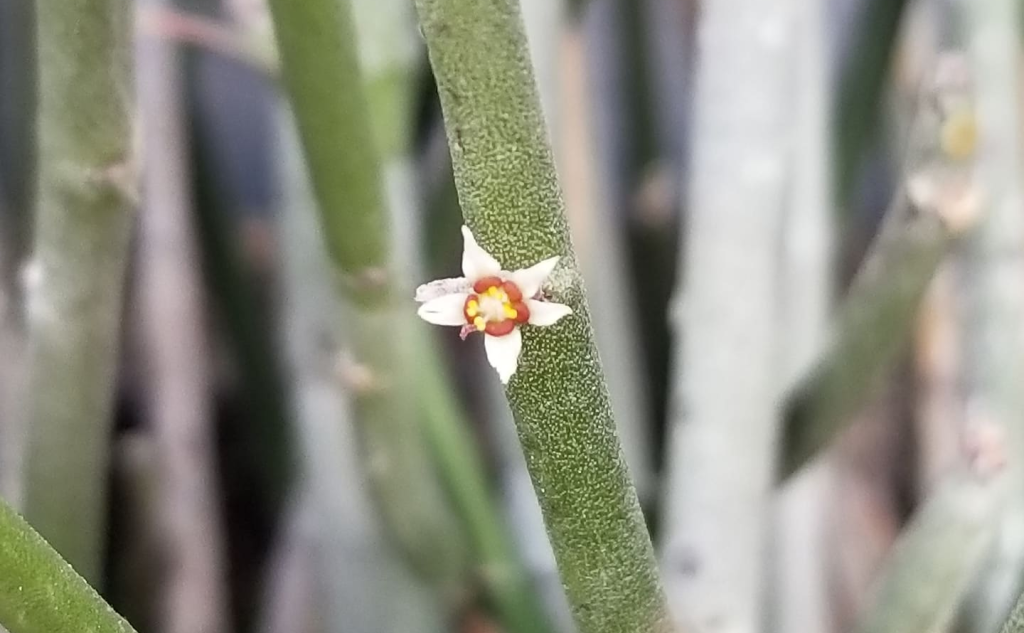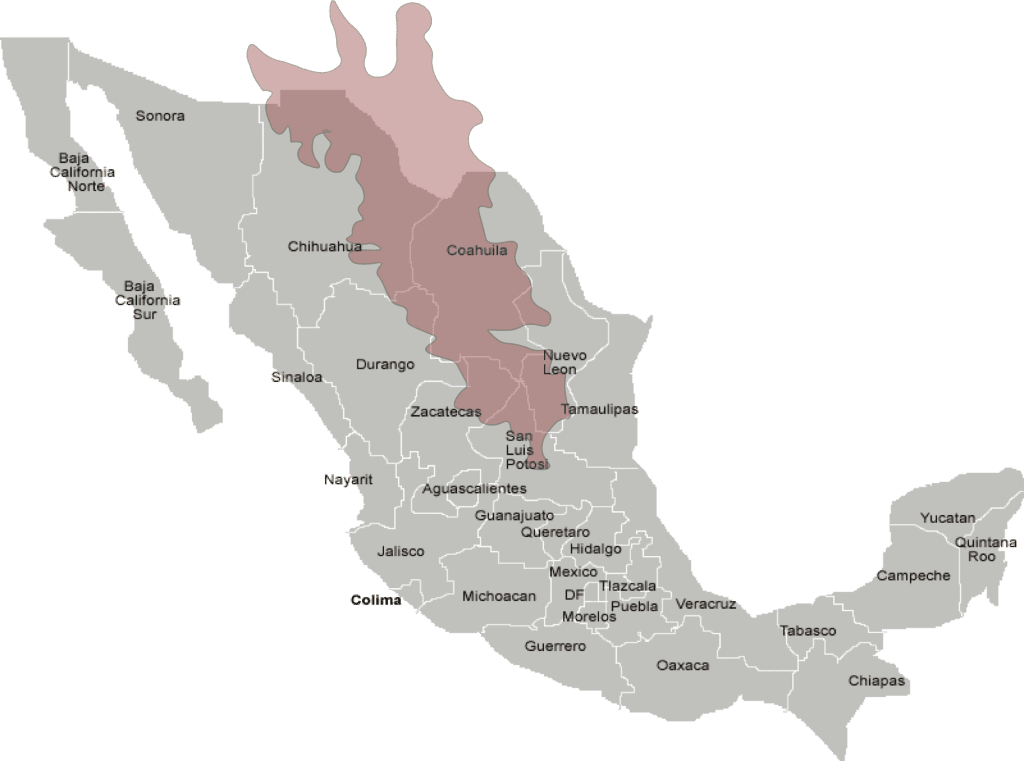Candelilla
ORIGIN, STRUCTURE AND NATURAL ENVIRONMENT
Candelilla plant
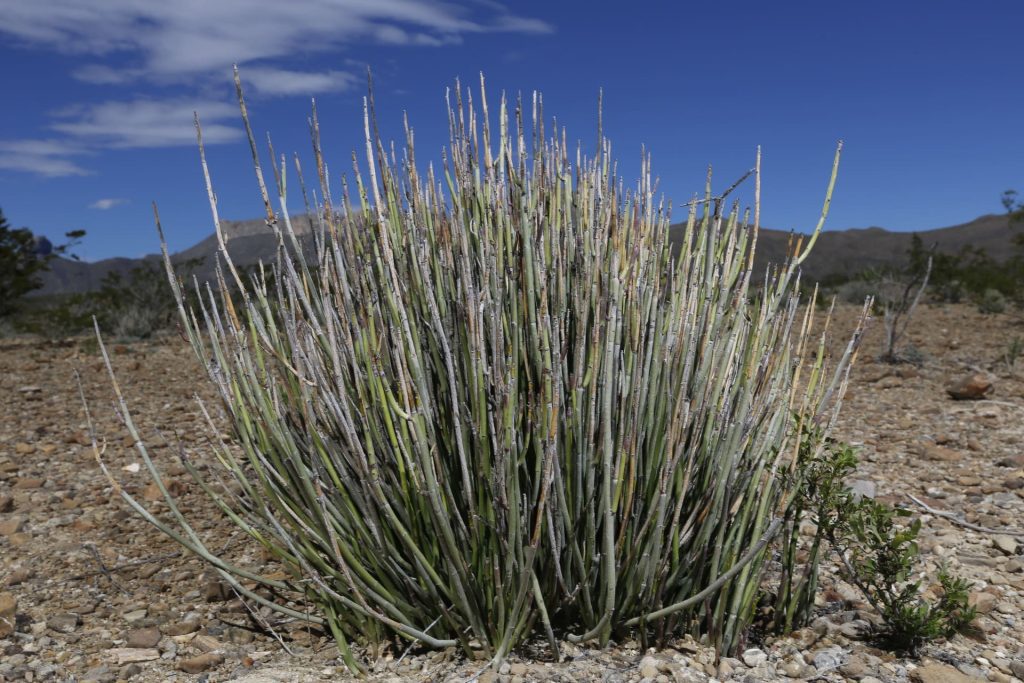
Candelilla plant
The Candelilla plant belongs to the Euphorbia species, the common name of an extensive family of flowered plants. They are similar in appearance to cacti but are clearly differentiated by the milky latex contained by Euphorbia plants.
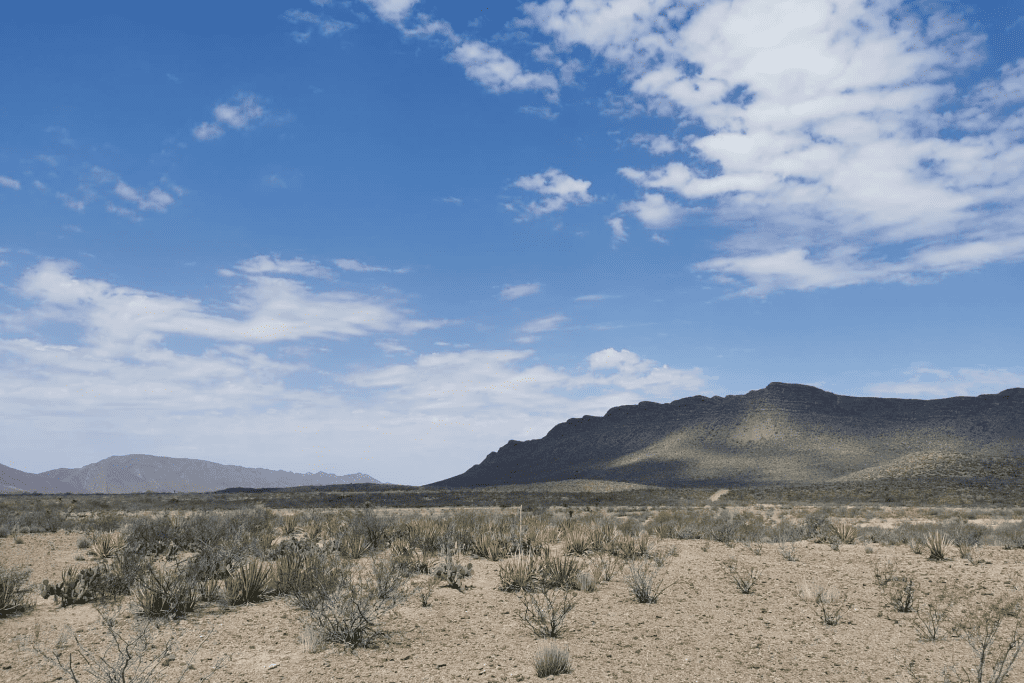
Where does it grow?
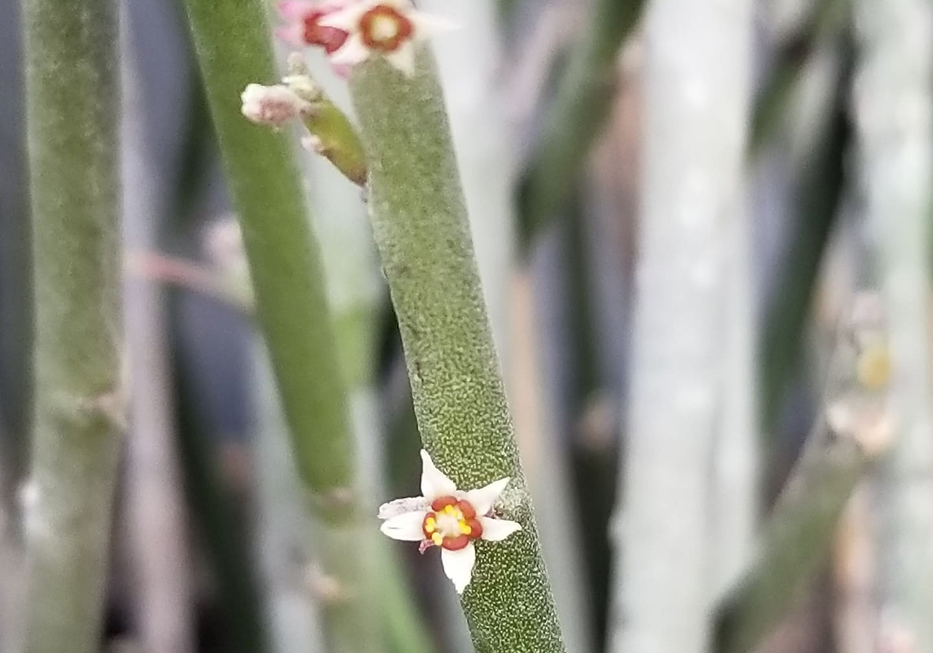
Little flowers
During the rainy season the Candelilla plant becomes covered with small, pink-colored flowers. Candelilla formations are most abundant at elevations of around 800 m (2600 ft) and are commonly associated with other desert plants such as Lechuguilla or prickly lettuce, Sotol palm, Chinese grass, Ocotillo and various types of cacti.
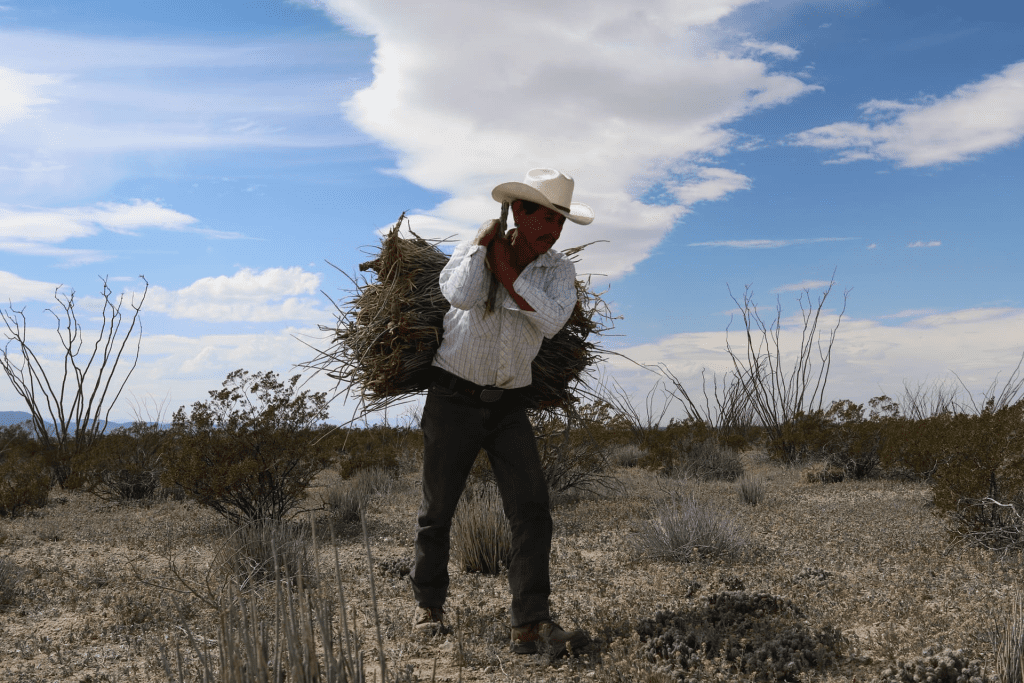
How is it known?
The Candelilla plant is very resistant to plagues and diseases and is only limitedly consumed by some species of wildlife that exist in the region.
FROM ITS BOTANICAL DISCOVERY TO ITS ECONOMIC IMPACT
Evolution and value of Candelilla
The discovery of Candelilla
In 1829, the botanist J.G. Zuccarini described the Candelilla plant for the first time with the scientific name Euphorbia Antisyphilitica, recognizing the medicinal properties of the sap as a remedy used by the natives of the region for treating syphilis. Today, the Candelilla plant is considered useful in the treatment of a variety of illnesses as well as having other industrial uses.
Natural protection mechanism
A new classification of the Candelilla was presented in 1909 by G. Alcocer, who named it Euphorbia Cerifera, highlighting the properties of the plant for making wax, which serves as a protective seal for the plant in retaining moisture. During the dry season, Candelilla stems coat their surface with wax, a protective mechanism that remains effective even in severe drought conditions.
Extremely valuable species
Nearly a century ago, The Journal of the Royal Society of Arts declared “the wild plant known as ‘Candelilla’ contains wax of excellent quality and in sufficient amount to make it extremely valuable”. The exploitation of Candelilla in its natural state for the production of wax thus became one of the most important economic activities in the rural regions where the plant grows.
Semi-desert region of Mexico
Chihuahuan Desert
The Candelilla plant is found nearly exclusively in a semi-desert region of Mexico, situated in the geographic zone known as “The Chihuahuan Desert”.
Extension of the Chihuahuan Desert
The Chihuahuan Desert, the largest desert area in North America, extends over more than 450,000 km2 (174,000 mi2) with approximate dimensions of 1,280 km by 400 km (800 mi by 250 mi). The largest portion of the desert is in Mexico, comprising regions of the states of San Luis Potosí, Zacatecas, Coahuila, Durango and Chihuahua. The desert extends to the United States, over the southeast portions of the states of Arizona, New Mexico and the south of Texas.
Mountain ranges surrounding the desert
Two large mountain ranges, the Western Sierra Madre to the west and the Eastern Sierra Madre to the east, border the Chihuahuan Desert. These mountain ranges keep the humid currents of the Gulf of Mexico and the Pacific Ocean from bringing rain to the region, which is the principal cause for the desert conditions in the region.
Extreme weather and thermal variability
The lowest elevation in the desert territory is 300 m (984 ft), although the largest part of its extension is between 1,000 m (3,280 ft) and 1,500 m (4,920 ft) above sea level. Temperatures can be extreme, averaging 13 °C (55 °F) in January and 36 °C (97 °F) in June, and can reach 50 °C (122 °F) during the hottest days of the year. Annual rainfall is less than 350 mm (14 in), with 8 to 12 dry months and only occasional rains during the months of January, February, July, August and September.
Unique biodiversity in the desert
The Chihuahuan Desert is one of the richest desert areas in the world in terms of biological diversity. Its particular humidity, soil composition and temperature conditions favor the growth of nearly a quarter of the 1,500 known species of cactus, as well as diverse floral species that can only flourish in this particular part of the world. Such is the case of the Candelilla plant.
Candelilla wax production
The gathering of the Candelilla plant for the production of natural wax has been one of the most important economic activities of the Chihuahuan Desert in five Mexican states. It is estimated that there are currently 3,500 small producers of Candelilla wax on 230 farms in 33 municipalities in the rural northeastern part of Mexico.
Challenges and future of Candelilla
Candelilla continues to be exploited using the same techniques that have been used for nearly a century. It is imperative that sustainable development practices for its cultivation and conservation be implemented, as well as new transformation techniques and industrial production practices.


